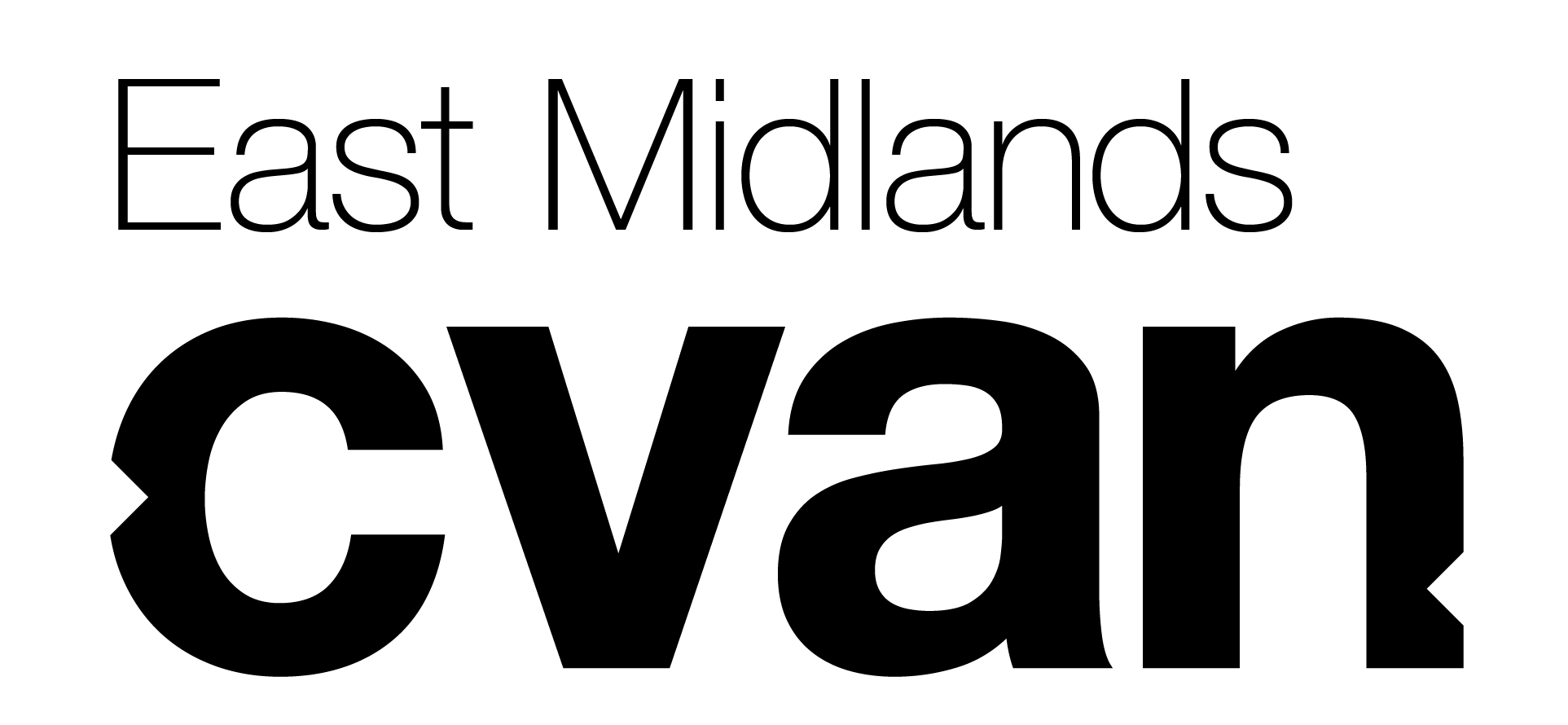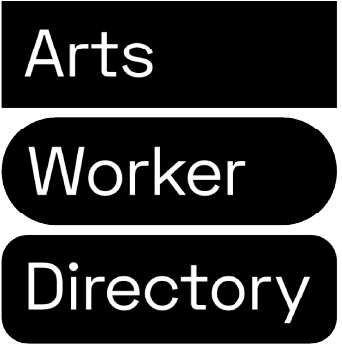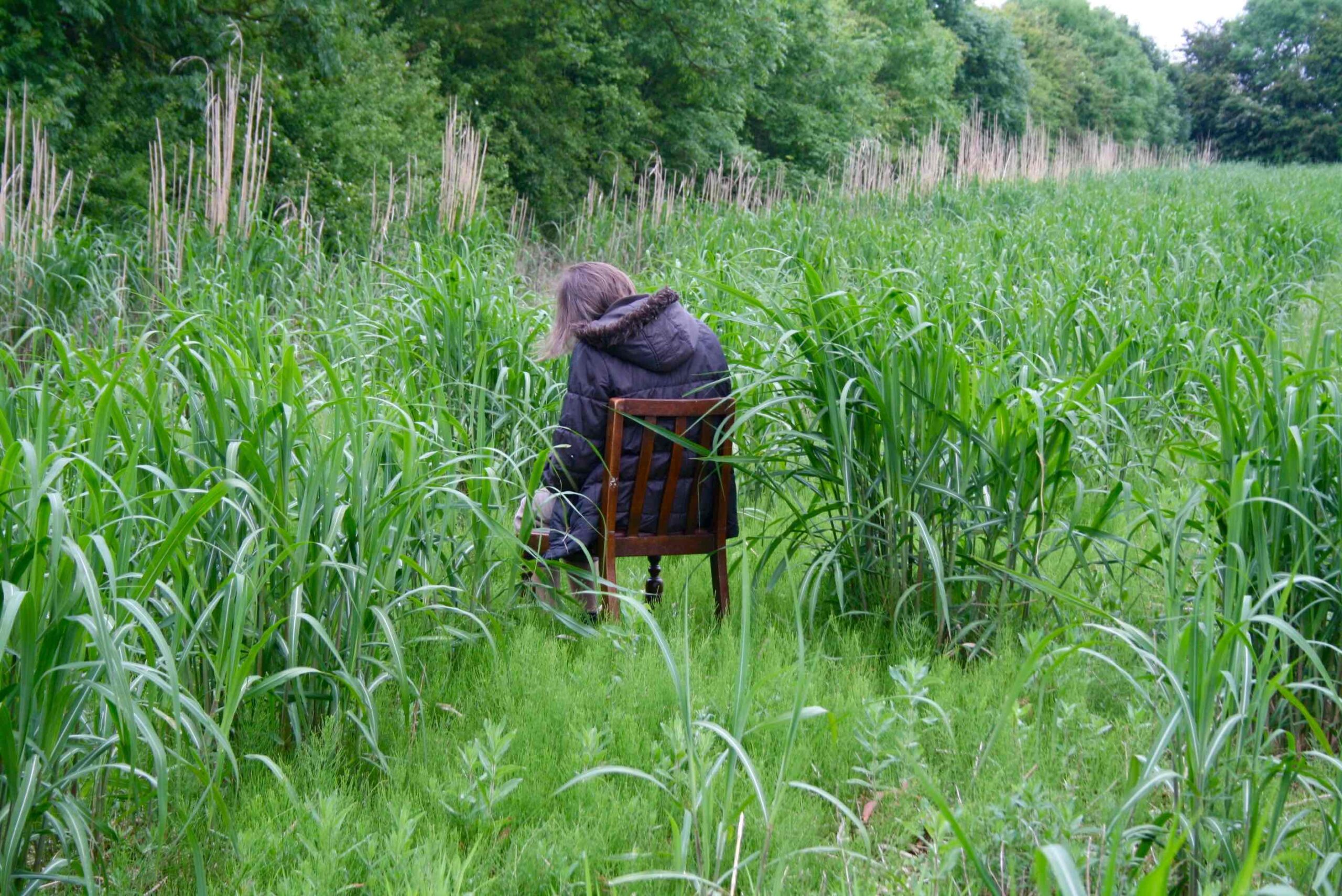Joana Cifre Cerdà is a Lincolnshire-based, Spanish artist based in the U.K since 1993. Performance is a central part of her multidisciplinary practice and she has performed widely both in the UK and in Spain. She is also mother to two wonderful human beings and works part time as a veterinary surgeon.
Find out more about Joana‘s work and follow her on Instagram
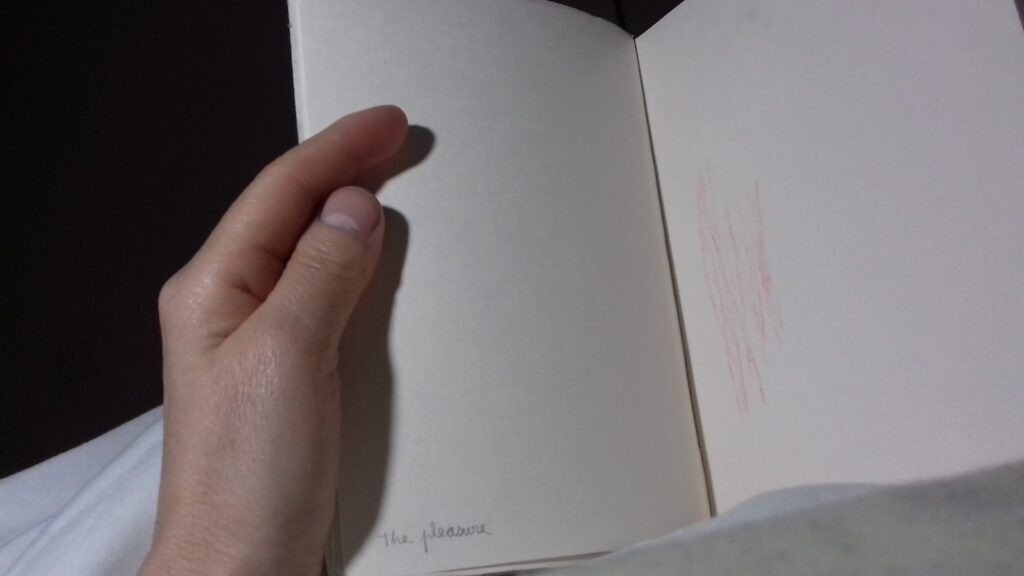
Where are you based?
I am based in Middle Rasen, A small village in Lincolnshire.
Describe your practice for us
Foucault talks about “working at the edge of an un-thought, slowly building a language in which to think it” *
As I make and ponder about the work
I see myself
walking rather
than working,
at the edge of an un-thought
trying to find a language
I have a notion of what I am aiming towards…
S
l
o
w
l
y
b u i l d i n g a path on the edge of that notion.
WAITING
to stumble,
to trip; perhaps falling,
rarely diving, some times nearer,
sometimes further away
and
occasionally directly into
it.
I like to describe my practice as one of “Doing and Making Stuff”, I am comfortable with this description because it doesn’t box me in.
Anything internal or external can be a source of inspiration and the medium used will be dictated by what “feels right” at the time. However, there is often a performative element, whether this is seen or not. Whenever I am making I am very aware of my body and I consider those sensations to be as important part of the work as the finished physical piece.
The themes underlying my works often have layers of meaning, varying from the simplicity of the pleasure of making marks on paper with a pencil to contemplations on existence, language, gender and privilege.
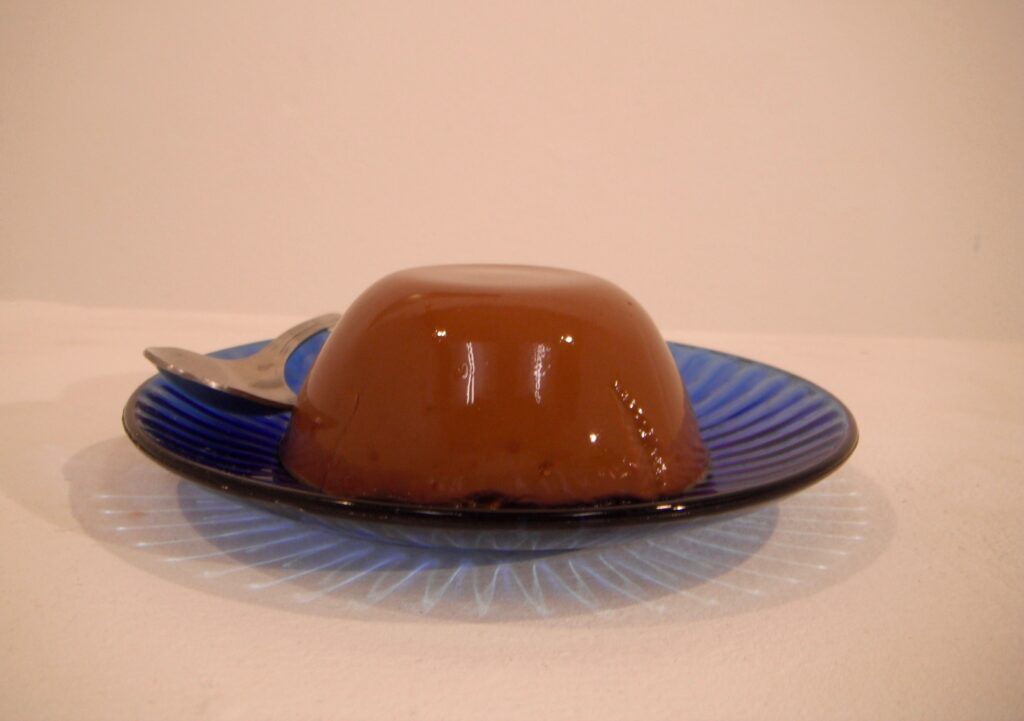
How long have you been practising and by what route did you come to your practice?
It was a slow process initially. I started weekly art evening classes at De Aston School, Market Rasen in 1997 as an escape of the stress of my day job as a vet. The classes were run by Nev Tipper who was a wonderful teacher and inspired me to take the Art Level in 2001. In 2005 I enrolled on the Fine Art BA at the University of Lincoln. I completed this degree part time over 6 years. I had gone there, like many, to paint. However, I came out of the degree totally changed and with a practice that was mainly based on performance art. In 2014 I enrolled in an MA Art by Research again at The University of Lincoln. The MA gave me time, space and focus to rethink my practice and explore media which I felt wasn’t good at or was out of my reach like writing, drawing and sculpture.

You’ve identified waiting as the subject of your research. What does waiting reveal to you and bring to your practice?
“The Weight of the Wait” was my MA research project. It was an investigation of waiting through a Fine Art practice.
I explored my own personal waiting. In life, we are always waiting: for people, opportunities, love, recognition, pay day, etc. Often as an artist, I feel the anxiety mounting when the work becomes stuck: it stubbornly refuses to progress and there is no option but to wait.
Having come to realise how pathetic this can be and how easy it is at times to lose one’s sense of proportions, I endeavoured to use the work as a site for anchoring back into reality, to stay in the present and to use the time and space that waiting offers as a chance to observe what often goes unnoticed.
During the research it also became important for some of the work to become a humble Act of Remembrance for those who experience chronic waiting in situations of extreme invisibility and loneliness.
I see waiting as a space and time for growth, where we can become aware of what often would go unseen and unnoticed.
Waiting,
however,
Sometimes exceeds us and ultimately we have to accept the suspenseful uncertainty that on occasions becomes heavy and can crush. This is “The Weight of the Wait”.
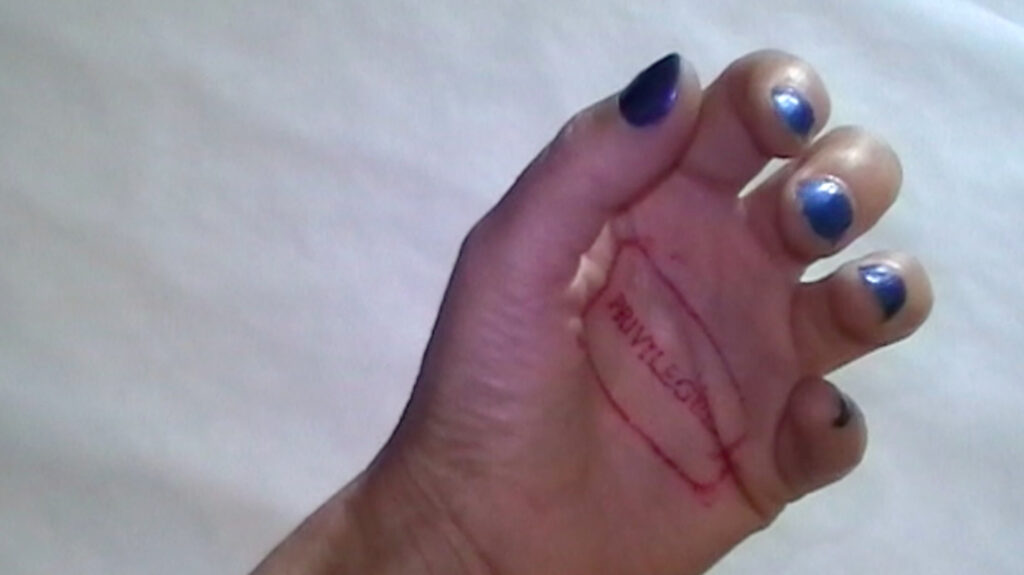
You’ve also written that your practice aims to dig, to unearth, to discover, comprehend, rearrange, realign and make sense. Tell us more about that. It sounds like a purposeful, precise, complete process; one that many might strive for.
By the end of the first year on the BA I begun to realise that art was a process that helped me understand who I was and what was around me. This seems so obvious now but It hadn’t been to me till then.
During that time I collaborated with Benjamin Sebastian and Fabiola Paz forming “The Greestone Group”. Together we learned to perform intuitively without rationalising. It was a very different way of learning which was allowing something unconscious to arise from which we gained new insights. With them I realised that the process of making, especially through performance and body awareness, threw a different light on how we understood ourselves in the world.
Later on I started collaborating with artists Kate Buckley and Ross Oliver. We formed the Collective “DUG”, This name alluded to our aim to dig, unearth, explore, find, learn, understand differently and grow as human beings.
Much of your work is visceral and intimate, do you make it with an audience in mind, or does it remain a very personal process until it leaves your studio?
My work aimed to be visceral in my early days as an artist. This has gradually changed in the last four or five years. The work is much quieter.
The act of making is always a very introspective personal process. At times, through the process I realise that the work specifically needs an audience to interact with it intimately. At other times I feel that what I have gained through the process is enough and I question the need for the work to be seen. However, when the work has left the studio and interacts with the audience it seems to take a life of its own.
With each exchange with the viewers the work evolves into something else, often a lot more interesting. I find this enriching.
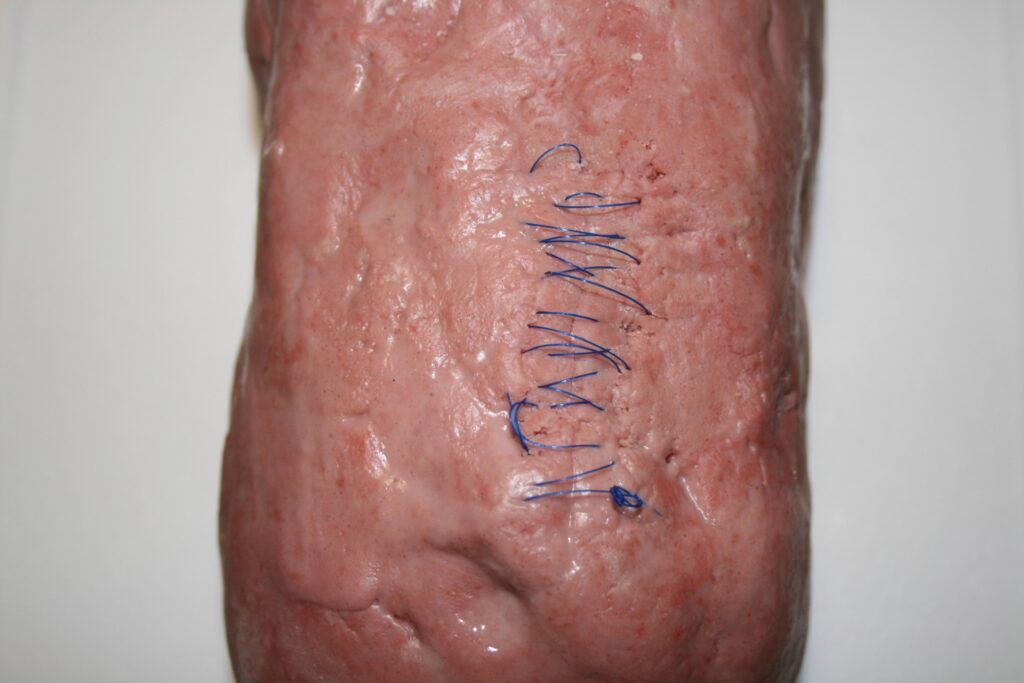
What is important to you in maintaining and motivating your practice?
Motivation is not an issue for me, most of the time it is there. In a way, the work creates its on pathway when you give it the space and the conditions. At times it moves fast and at times it slows down and sometimes has to stop to reorient itself before it can carry on.
The difficulty often is to find enough time outside my working hours to devote to it, but making art is an indispensable part of who I am. It is something that I cannot do without, It keeps me sane, It helps me process things, it makes me feel better and it makes me a better person. Therefore I always end up making time for it somehow.
I find discussions and collaborations with fellow artists are specially motivating, challenging and inspiring and through the years they have helped me become unstuck at tricky times.

What have been your biggest achievements since establishing your practice?
Getting to a point at which I feel comfortable doing the work in a way that feels right for me. Letting go of perceived expectations.
What have been the biggest challenges to your practice?
Lack of confidence in myself and having to juggle motherhood, work and art.
What is the most interesting or inspiring thing you’ve seen or attended recently, and why?
The week before Lockdown I saw John’s Newling exhibition at the Ikon Gallery in Birmingham.
I was inspired about his work composting T.S. Elliot’s “The Wasteland”. I loved the simplicity of the piles of paper tablets/ sheets and balls made out of compost. I find the earthy elements and the philosophical, spiritual aspects of his work very interesting and moving.
I was also inspired by the Black Lives Matter movement and the demonstrations that took place during lockdown. It really made me look at and ponder about my own privilege, not that I had been totally blind to it before but it really was a wake-up call and It brought up a lot of important and necessary questions that need to be digested and I am exploring through some new works.
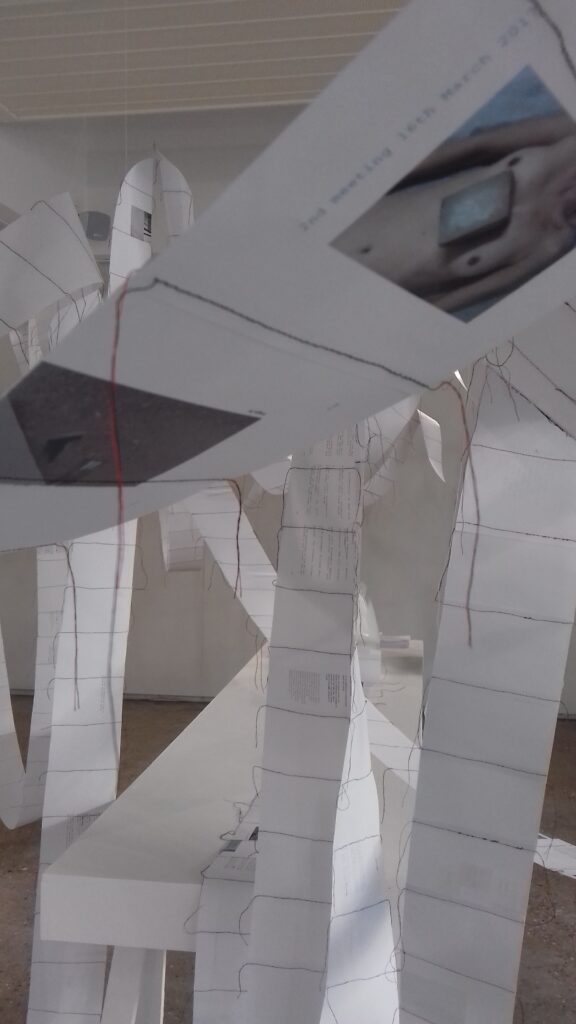
of The Wait” commentary
Which other artists’ work do you admire, and why?
American painter Agnes Martin is a definite influence in my drawing practice. I admire her quiet grid and line paintings which express pure emotion She said in an interview that she would sit in her chair doing nothing for hours until inspiration came. I often think of that when I am not sure what to do and that encourages to wait patiently.
In contrast I love Yayoi Kusama’s colourful and loud work and her ability to embrace hugely different media to express her mental states.
I find Doris Salcedo’s Installations deeply moving and thought provoking . I admire her ability to create poetic work that shakes you up inside and makes you reconsider what kind of world you are living in.
Samuel Beckett’s writing has been hugely influential in my work specially “The Unnamable”, “Waiting for Godot” and some his poetry. His absurdist, nonsensical way of writing that breaks so many rules makes so much sense to me. It has been the basis for several of my works: ”Buche”,(2019), “Suspended”(2017), “Waiting for Godot?” (2017).
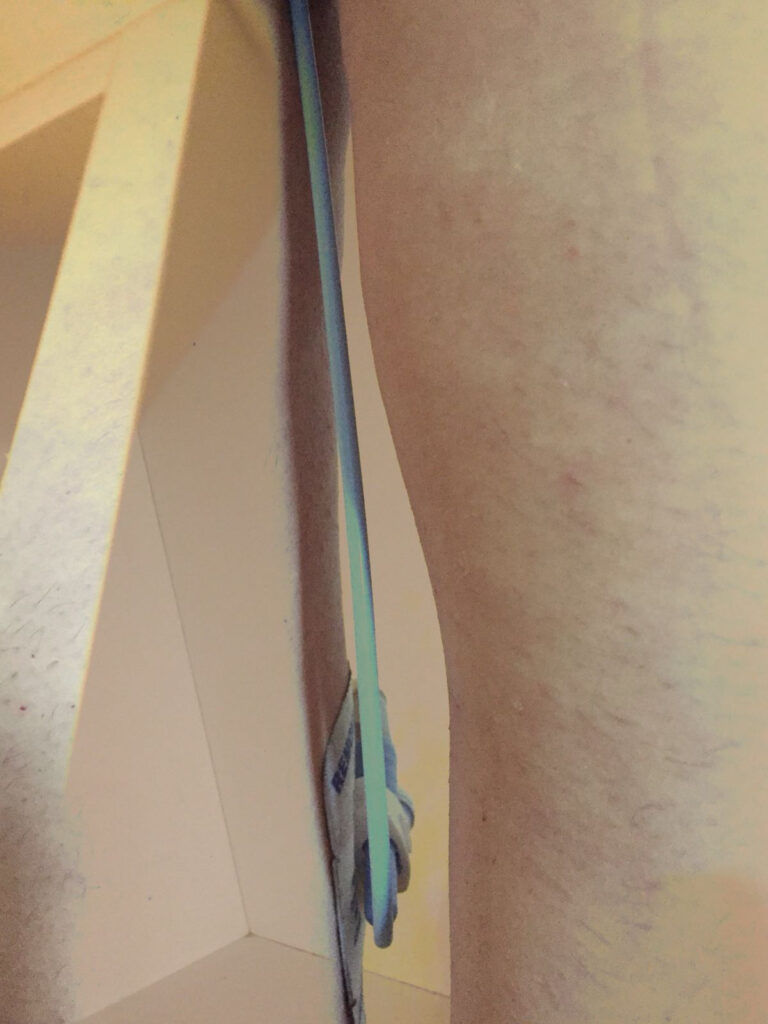
Where do you see your work in the next 5 years?
To be honest, I am not sure. I am more interested in the path than in the endpoint. What I do know is that I gradually want to live more simply and mindfully and with more time for the things I value most. Art is one of those things.
Who would you most like to have visit your studio?
The person I most like to visit my studio is my very good friend and fellow artist, Kate Buckley.
Over the last 10 years we have collaborated often. We struggle to find time to be together as we live far from each other but when we manage to spend some time in the studio, magic can happen. We are fortunate enough to be able to have very constructive and honest discussions about the work and life. We inspire and motivate each other. From Kate I learned to consider materials differently, anything can be right in the right place and right time for it. With her I have also learned look at things from many angles, to really think outside the box, that often less is more and that saying things quietly often has more impact.
I am not really interested in any well-known artist visiting my studio but I most definitely would like to visit Yayoy Kusama’s studio in Japan. I’d love to be able to spend days working in silence alongside her, drawing and observing.

Where can we see your work? Do you have any upcoming exhibitions, events or projects?
At the moment the best place to see my art work is at home, there is often plenty lying about. I am terrible at posting it on social media or updating my website because it robs me of time to actually “make”; however, this interview has spurred me on… so hopefully by the time this is online I will have updated it.
I am associate member of the artist collective General Practice and I am part of SARC, a curatorial group at x church in Gainsborough.
I am presently also collaborating with Bristol based artist Claudia Pilsl on a video piece to be shown as part of for BEEF Bristol’s presence at the exhibition “Centre of Gravity”. The exhibition will hopefully take place in October in the redundant part of the department store Gardiner and Haskins, Bristol.
Joana was interviewed in September 2020.
Images are by and courtesy of the artist, except where stated.
*Fisher, E and Rebecca Fortnum (2013) On Not Knowing: How Artists Think. London: Black dog publishing.
